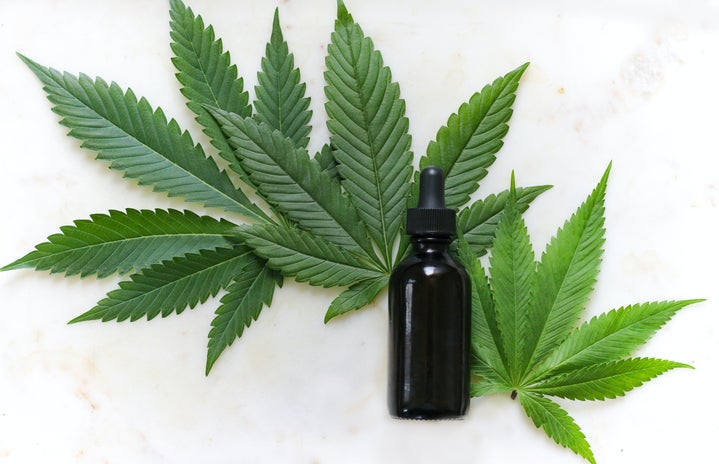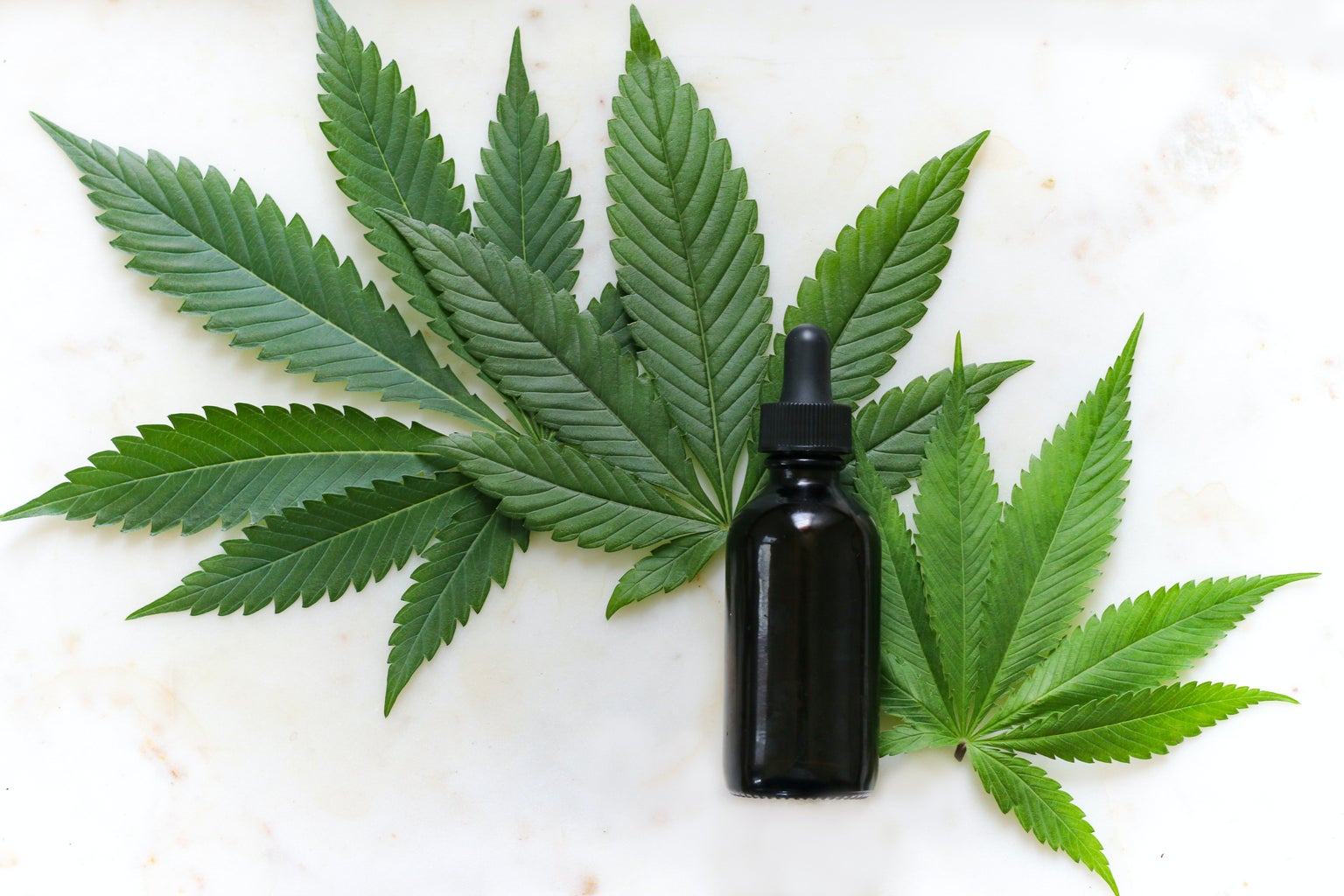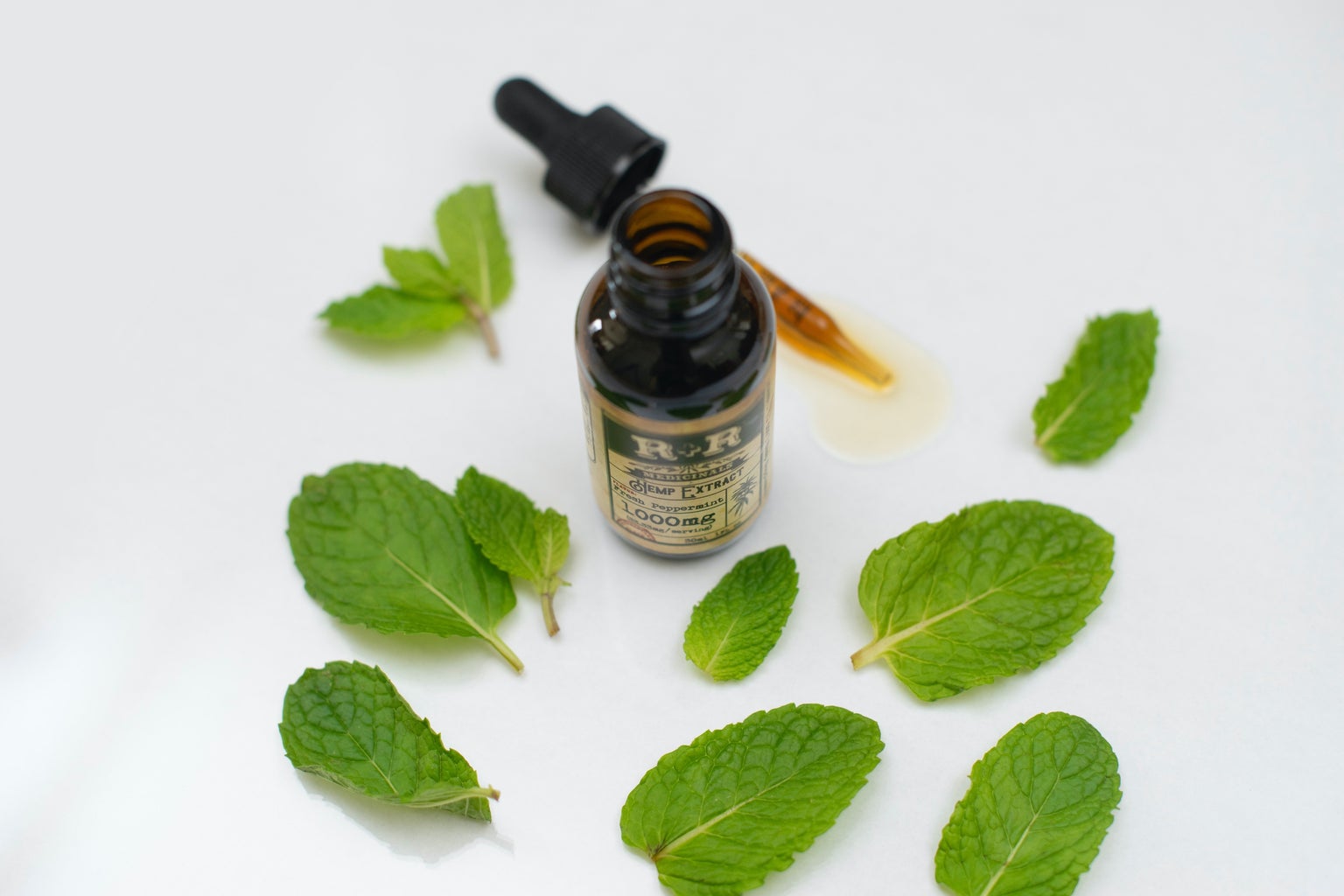With legalization having only been a few years ago in Canada, the cannabis industry is constantly changing and evolving. I’ve been working as a budtender for half a year now and still find out new things every week. However, there are quite a few things I would have never known about as a consumer that as a budtender I have learnt to support me in helping customers find the right product for them. Curious about budtending or simply want to learn more about cannabis? Here’s a few things that I know about weed and working as a budtender.
Terpenes
Terpenes are “naturally occurring chemical compounds found in plants and some animals” according to Healthline. Some examples include beta-pinene, found in pine needles, and linalool, found in lavender. Terpenes are also present in cannabis, and can provide extra effects or enhance them. Linalool is believed to help in alleviating stress, for example. There are a lot of different terpenes that can be found in cannabis, and recently companies have begun to list terpene levels present in their products. Probably the most interesting thing about terpenes in the cannabis field is that they are used to flavor (most commonly distillate) vape cartridges instead of artificial flavorings. Unlike other products where the name often does not really connect to the taste, distillate weed vapes often taste similar to the name they are given! The brand General Admission is a great example of this — they have strains such as Honeydew Boba and Peach Ringz which are very reminiscent in taste to their names. General Admission also has distillate-dipped joints that you can purchase which carry a hint of that flavor (and smell incredibly yummy in the packaging). So if you want to smoke but hate the taste of weed, flavored vapes are the way to go!
Beyond THC: Other Cannabinoids
I’m sure you’ve heard of THC — it’s the component in weed that gets you ‘high’. I’m sure you’ve also heard of CBD, which is commonly used for self-medication in relieving pain and stress (among other things). These are both called cannabinoids, and there’s a couple more you should know about if you’re interested in being a budtender. CBN, also known as cannabinol, is a ‘weaker version’ of THC, formed by broken down THC components in cannabis as they age. CBN is most commonly used in products meant for nighttime, having been shown to have sedative properties that help with sleep- although more research into this cannabinoid needs to be done. It is also believed to help in pain relief like CBD, especially so when paired together. The other cannabinoid you should know about is CBG, or cannabigerol. Often referred to as the ‘mother of all cannabinoids,’ CBG isn’t psychoactive like THC can be. There isn’t much research into CBG, but it’s believed to have similar effects to CBD (albeit much rarer). It can be used as a means to counteract the high from THC, and for those with low tolerances, can be used in pairing with THC so that they can get a manageable high. As someone with a low tolerance, I love CBG products!
Edibles
Edibles, or food infused with cannabis concentrates, produce a different high than from smoking. The effects from edibles take longer to kick in, last longer, and may have mild psychedelic effects depending on the consumer and amount consumed. From my experience, I’ve learnt to not overdo it with homemade edibles, as one time I was stuck in a state where I thought my bones would break if I tried to move. Edibles are a slippery slope, but luckily the max dosage in Ontario as regulated by the OCS is 10mg of THC per package. There are a few products that find their way around this restriction, but most fall within these guidelines. Edibles are a great way to consume cannabis if you don’t want to smoke, and can often be very yummy. Be warned, however, that many candy edibles like gummies have a very strong cannabis aftertaste and in my experience stop tasting great after the first few chews.
Working as a Budtender
Working as a budtender can be tough. Your job is to help customers find what they want from the cannabis they’re looking for, and you won’t always get it right. The effects of cannabis are different from everyone, and so part of the job is to seek out information from customers about the products they have used so you can hopefully help others find what they want. There are a lot of considerations — how much THC? Should we be looking at a CBD-THC balance? Will CBN help them? Do they want a more energetic, sativa high that is attributed to day use? A night-time, relaxing indica high? Or do they want something in-between; a hybrid? It’s a lot of taking it as it goes, and making sure that you don’t guarantee to a customer that the product you’re suggesting will 100% help them. It’s incredibly fulfilling, however, when a customer returns to the store and shares that the product you suggested worked perfectly for them. I feel euphoric in these instances, and it makes all the brain power that goes into the job worthwhile.
There is so much more that I could talk about, but I’m not the best source for learning more about the industry — I’m just the person that sells the weed. Good luck on your budtending (or bud-consuming) journey! I hope that I’ve been able to give some insight and guidance for you to take from for your own research and learning.






